Help: Hollies Transplanted with Very Small Root Balls
Bob DiBenedetto
last month
Featured Answer
Sort by:Oldest
Comments (11)
Related Professionals
Beachwood Landscape Architects & Landscape Designers · Rancho Cordova Landscape Architects & Landscape Designers · Forest City Landscape Architects & Landscape Designers · Vancouver Landscape Contractors · Puyallup Decks, Patios & Outdoor Enclosures · Ashburn Landscape Architects & Landscape Designers · Salem Landscape Contractors · Corona Landscape Contractors · Saint John Landscape Contractors · Wanaque Landscape Contractors · Granite City Window Contractors · Mission Viejo Driveway Installation & Maintenance · Albemarle Decks, Patios & Outdoor Enclosures · Crystal Lake Decks, Patios & Outdoor Enclosures · Highland Springs Decks, Patios & Outdoor EnclosuresBob DiBenedetto
last monthlast modified: last monthgardengal48 (PNW Z8/9)
last monthlast modified: last monthBob DiBenedetto thanked gardengal48 (PNW Z8/9)Bob DiBenedetto
last monthindianagardengirl
29 days agoBob DiBenedetto
29 days agoBob DiBenedetto
28 days agolast modified: 28 days agoViburnumValley central KY Bluegrass z6
11 days agoBob DiBenedetto
11 days ago
Related Stories

PETSHow to Help Your Dog Be a Good Neighbor
Good fences certainly help, but be sure to introduce your pup to the neighbors and check in from time to time
Full Story
GARDENING GUIDESSmall Gem Lawns: More Impact From Less Grass
Instead of letting the lawn sprawl, make it a shapely design element in your yard. You’ll reap benefits both practical and aesthetic
Full Story
HOUZZ TOURSHouzz Tour: Redo Stays True to a California Home’s Ranch Roots
Vaulted ceilings, windows galore and a simple white palette make for casual indoor-outdoor living
Full Story
LIVING ROOMSLove Your Living Room: Upsize a Small Space
Learn clever decorating tricks for giving your living room a more spacious feel and a bigger personality
Full Story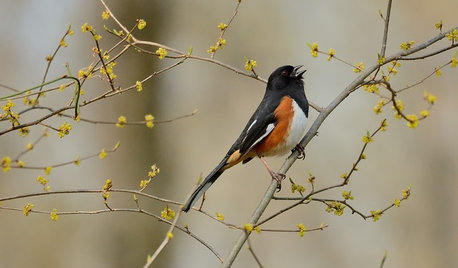
GARDENING GUIDES10 Standout Native Shrubs and Small Palms for Southern Gardens
These hardworking plants serve a variety of purposes, such as screening views and attracting native wildlife
Full Story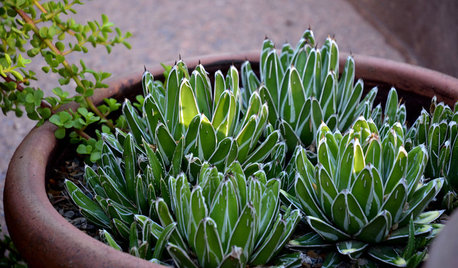
GARDENING GUIDES10 Small-Scale Agaves Just Right for Containers
Use these little living sculptures to enhance your outdoor spaces, from alfresco dining tables to urban courtyards
Full Story
DECLUTTERINGDownsizing Help: How to Edit Your Belongings
Learn what to take and what to toss if you're moving to a smaller home
Full Story
MOVINGRelocating Help: 8 Tips for a Happier Long-Distance Move
Trash bags, houseplants and a good cry all have their role when it comes to this major life change
Full Story
MOST POPULAR7 Ways to Design Your Kitchen to Help You Lose Weight
In his new book, Slim by Design, eating-behavior expert Brian Wansink shows us how to get our kitchens working better
Full Story
COLORPick-a-Paint Help: How to Create a Whole-House Color Palette
Don't be daunted. With these strategies, building a cohesive palette for your entire home is less difficult than it seems
Full Story







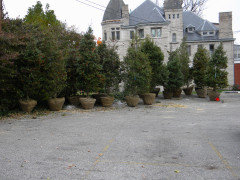
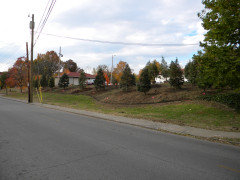

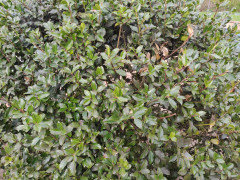


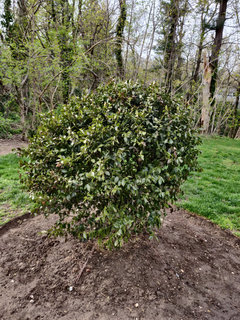


ken_adrian Adrian MI cold Z5